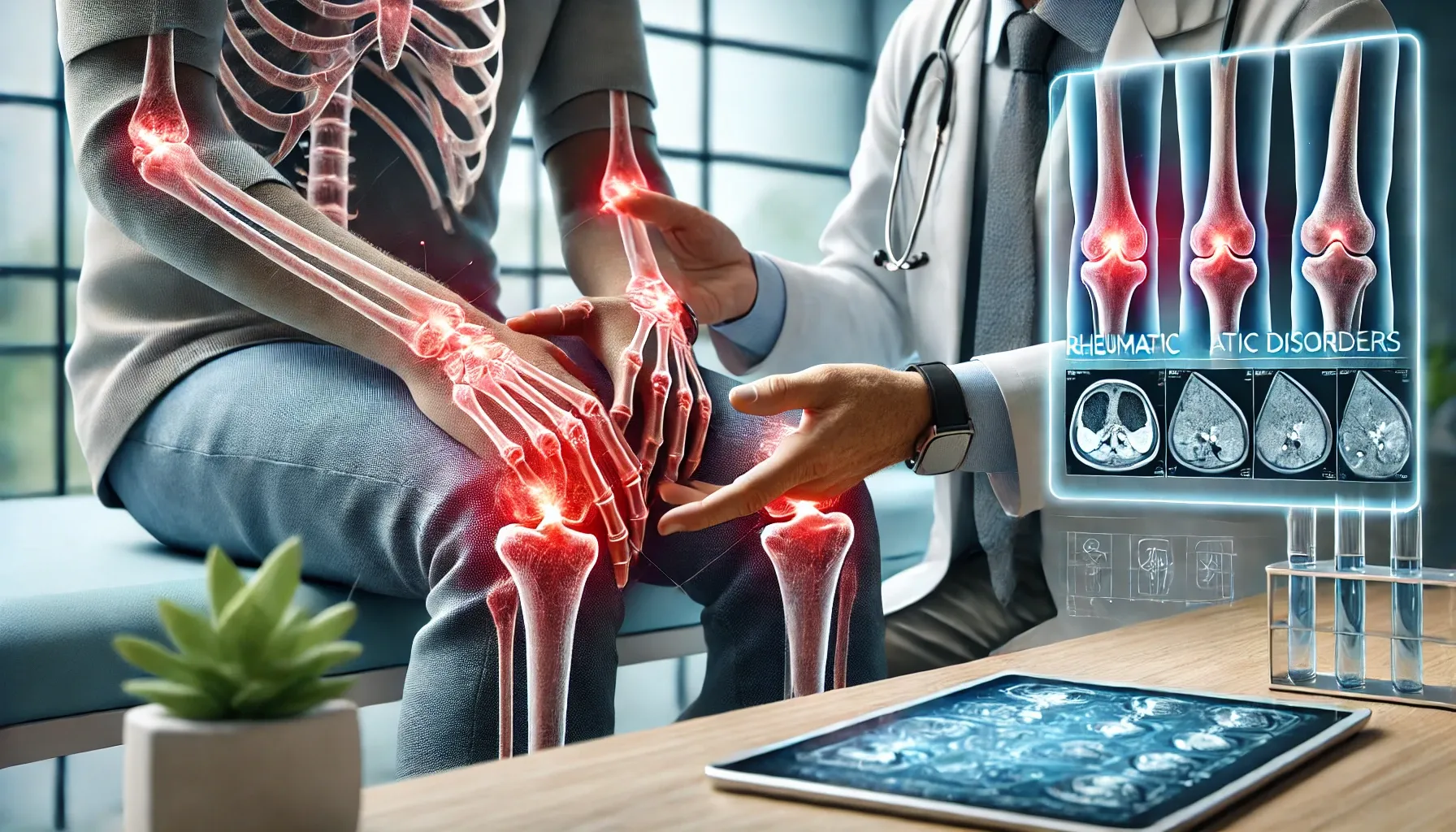UPSC
The Hindu Briefs
Early Detection of Rheumatic Disorders in Children
Last Updated
2nd April, 2025
Date Published
2nd April, 2025
Share This Post With Someone

Context:
This article, published on April 1, 2025, in The Hindu, highlights the efforts of Indian pediatric rheumatologists to improve early diagnosis and management of rheumatic disorders in children, emphasizing the critical need to prevent long-term organ damage as of the current date.
Key Information in Points:
- Focus on Early Diagnosis:
- Three Indian pediatric rheumatologists have outlined a strategy to identify rheumatic disorders in children through key clinical and laboratory signs, aiming to reduce diagnostic delays.
- Delayed diagnosis, often spanning months or years, increases the risk of organ damage due to prolonged untreated symptoms.
- Contributing Experts:
- Chandrika S. Bhat (Rainbow Children’s Hospital, Bengaluru), Athimalaipet V. Ramanan (Bristol Royal Hospital for Children, UK), and Narendra Kumar Bagri (AIIMS, New Delhi) authored the plan in the journal Indian Paediatrics.
- Publication Details:
- The article, titled "Sensing the Simmering Inflammation: Clues for Diagnosis of Underlying Rheumatic Disorder," provides a detailed guide for faster diagnosis.
- Causes of Delay:
- Lack of awareness among caregivers and healthcare providers, along with frequent misdiagnosis, contributes to delayed identification of rheumatic conditions.
- Common Rheumatic Disorders:
- Juvenile Idiopathic Arthritis (JIA), Systemic Lupus Erythematosus (SLE), Vasculitis, and Juvenile Dermatomyositis are among the prevalent conditions in children.
- These disorders are autoimmune, where the immune system attacks healthy tissues, though the exact cause remains unclear (possibly linked to environmental, genetic, and host factors).
- Consequences of Delayed Diagnosis:
- Prolonged delays can lead to permanent joint disability (e.g., in JIA), kidney damage (e.g., in SLE), or lung/heart damage (e.g., in systemic sclerosis).
- Misdiagnosis often results in inappropriate treatments, exposing children to unnecessary drug side effects.
- Diagnostic Challenges:
- Rheumatic diseases mimic common conditions like infections or, rarely, malignancies, complicating accurate identification.
- Detailed history-taking and clinical examination are crucial for recognizing characteristic patterns of these disorders.
- Clinical Manifestations:
- Prolonged or recurrent fever, joint swelling (arthritis), increased joint warmth, skin rashes, renal issues, neurological symptoms, cardiopulmonary signs, ocular changes, and hematological abnormalities are common indicators.
- Laboratory and Clinical Features:
- The authors list specific features (e.g., inflammation markers, joint effusion) to aid in distinguishing rheumatic disorders from other conditions.
- Significance of Early Intervention:
- Timely diagnosis can prevent severe outcomes, improving long-term prognosis and quality of life for affected children.
Key Terms:
- Rheumatic Disorders: Autoimmune conditions affecting multiple systems like joints, skin, and organs.
- Juvenile Idiopathic Arthritis (JIA): A common childhood arthritis causing joint inflammation and stiffness.
- Systemic Lupus Erythematosus (SLE): An autoimmune disease impacting various organs, notably kidneys.
- Vasculitis: Inflammation of blood vessels, potentially leading to organ damage.
- Juvenile Dermatomyositis: A condition causing muscle weakness and skin rashes in children.
- Autoimmune Disease: A disorder where the immune system attacks the body’s own tissues.
- Organ Damage: Irreversible harm to organs like joints, kidneys, or lungs due to untreated disease.
- Misdiagnosis: Incorrect identification of a condition, leading to improper treatment.
Link To The Original Article – https://www.thehindu.com/sci-tech/health/defining-signs-of-rheumatic-disorders-to-enable-early-detection/article69400180.ece